Handling conflicts and navigating through them can be really tough and annoying sometimes, especially when both parties refuse to back down. However, it does not always have to be destructive and negative; peaceful conflict resolution is also possible.
Key Points:
- How you enter a difficult conversation has a definite effect on whether or not the conflict becomes destructive or creative.
- You might open people’s minds with the emotions you bring into the conversation and the way you listen to their views.
- Remaining calm, curious, and respectful might open doors to finding a solution that fulfills the similarities you find in the outcomes you want.
Advice on how to handle conflicts online and in person is plentiful. Everyone experiences conflicts. The results can be highly destructive.
Conflicts can also be creative and strengthen relationships. How you enter the conversation has a definite effect on whether or not conflict is destructive or creative. Even if you have a history of conflict with a person or group, you can diffuse the possible conflict before it becomes unsolvable and possibly, permanently destructive.
Destructive conflict is usually based on both parties holding onto their opinions. Each person or group believes they are right. There is no willingness to explore other perspectives. The conversation becomes a competition of who will win by not giving in. There could even be threats or actual actions taken to end the relationship in the conversation. After the conversation ends, one or both parties might perform an act of vengeance, which might sabotage each other’s jobs or relationships.
The only way to resolve a conflict is for both parties to desire to find a collaborative solution, whether it’s a new idea or compromising a little to move forward (negotiation).
You might think others will never open their minds. However, you can create this possibility and keep conflicts from destructively erupting by setting a positive context when entering a difficult conversation. Taking these five steps will help.
Related: The 5 Faces Of Fundamental Human Conflict
5 Steps To Conflict Reduction
1. Express Appreciation For The Conflict Of Ideas.
Enter the conversation with the hope of strengthening the relationship, not with the desire for your ideas to “win.” In competition, there is always a loser. Even the idea someone has that they might lose an argument generates impatience and anger.
Instead, share your hope that by looking at all sides of a situation, you can create a way forward that is new but appreciates everyone’s contribution. When the results of conflict are beneficial to all conflicting parties, the fear of losing diminishes.
2. Respect Other People’s Positions Even If You Don’t Agree.
Before you share your opinion, respectfully listen to everyone’s ideas, appreciating their perspective as coming from an experience different from yours. Respect creates psychological safety. Creative conflict requires that everyone feels safe enough to not only share what they believe but to challenge each other’s ideas without emotions dangerously escalating.
When people feel they will be judged, they defend their position with defensiveness or silence. Open the conversation with feeling respect, receiving their views, and acknowledging what they share with summaries and “thank you” before asking if you can share your view now, too.
3. Recognize Emotions By Sharing What You Are Sensing With Compassionate Curiosity.
Emotions are physical, energetic, bodily events. Constructive conflict recognizes and addresses people’s feelings as well as their ideas as a part of reducing the conflict. Try to sense what others are feeling and share that you appreciate they are angry, frustrated, or cynical about the topic.
Accept their response even if they say you are wrong. If you are wrong, your guess could still help them better understand themselves and what they need in order to move into a creative space with you. At least they will feel you are listening and care enough to understand.
Related: There Are Two Views to Every Conflict and Both Are Valid
4. Acknowledge Similarities Of Desired Outcomes.
Creativity equally values both similarities and differences. Look for the common ground—what do you both believe that is similar or what do you both hope for in the end that looks the same?
Make the similarities the starting point of finding a creative solution. Then frequently acknowledge what you both want as an end result. Hopefully, a way forward will emerge as you explore the differences in light of the similarities.
5. Embody The Emotions You Want To Maintain.
Do you want to feel calm and curious? Remind yourself what you want to feel before you enter the conversation. Release your irritation or fear. Then during the interaction, notice if you start to tense up. Breathe, release the tension, and recall the words, “calm and curious.” Notice when you have the urge to interrupt or take on their aggressiveness or anger. Return to feeling respect. Recall the positive intention you had for the conversation in the first place. Restate your intention before you respond.
If you are calm, curious, and respectful to others, you are in a position to recognize the emotions driving their choices as well as observing your own. You will see opportunities to acknowledge their ideas and encourage exploration.
In our competitive culture, we have never learned the nature and benefits of creating a better solution or relationship through conflict. However, if we can enter conversations with the desire to find a way forward, the conversation could collaboratively create a solution that not only reduces the conflict but improves relationships and satisfaction for everyone involved.
Be the light in your conversation. They may step into it with you.
See more tips on having effective conversations at www.Covisioning.com
Written By Marcia Reynolds Originally Appeared On Psychology Today
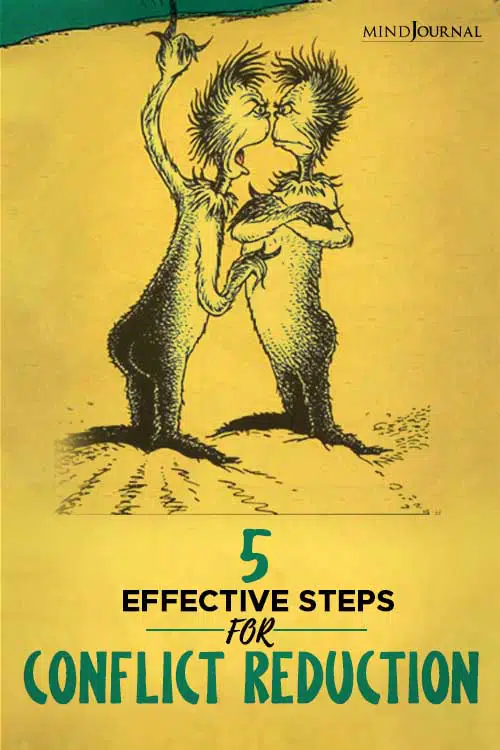
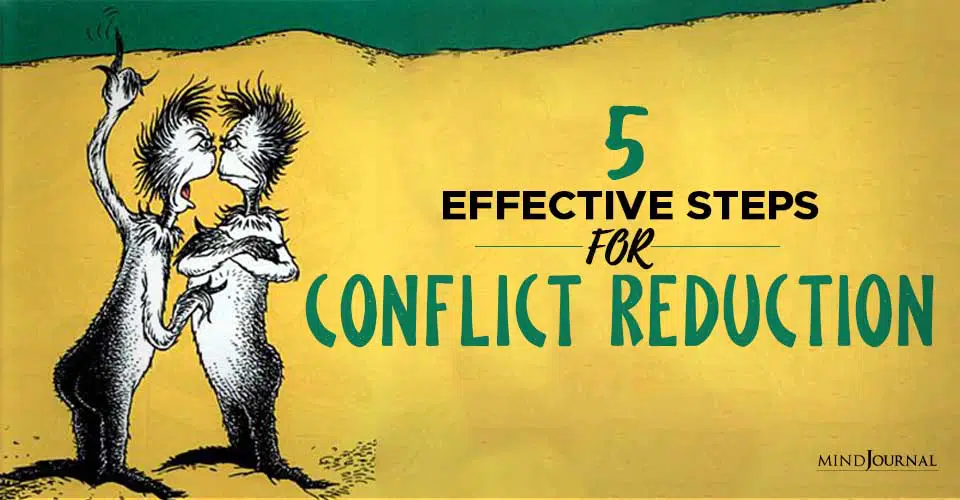
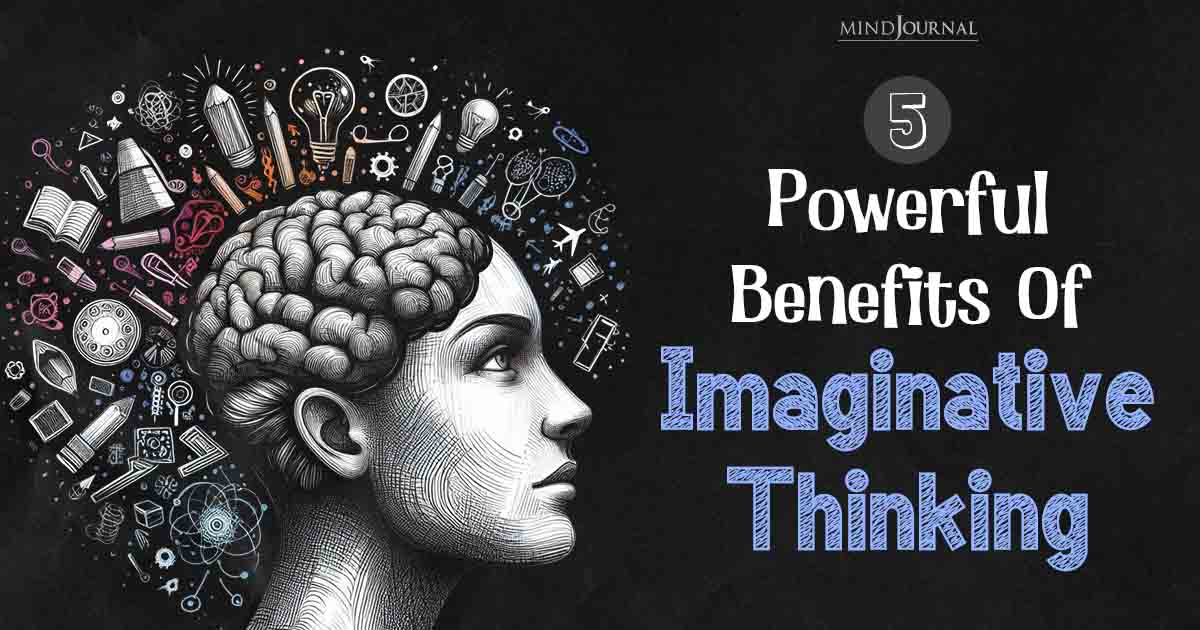
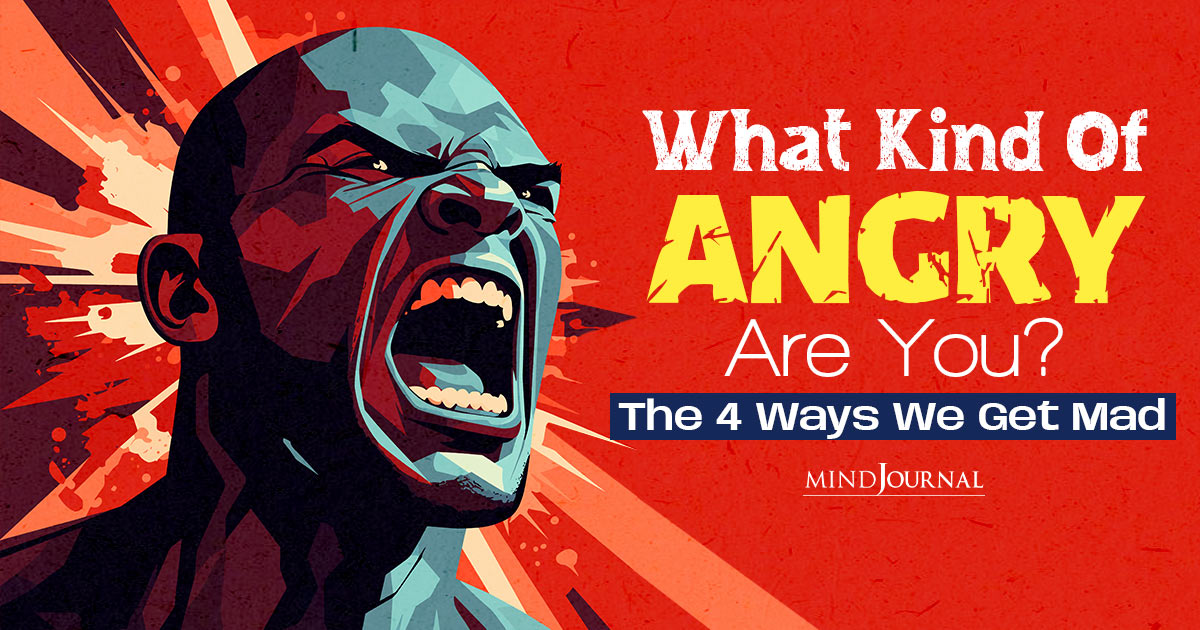



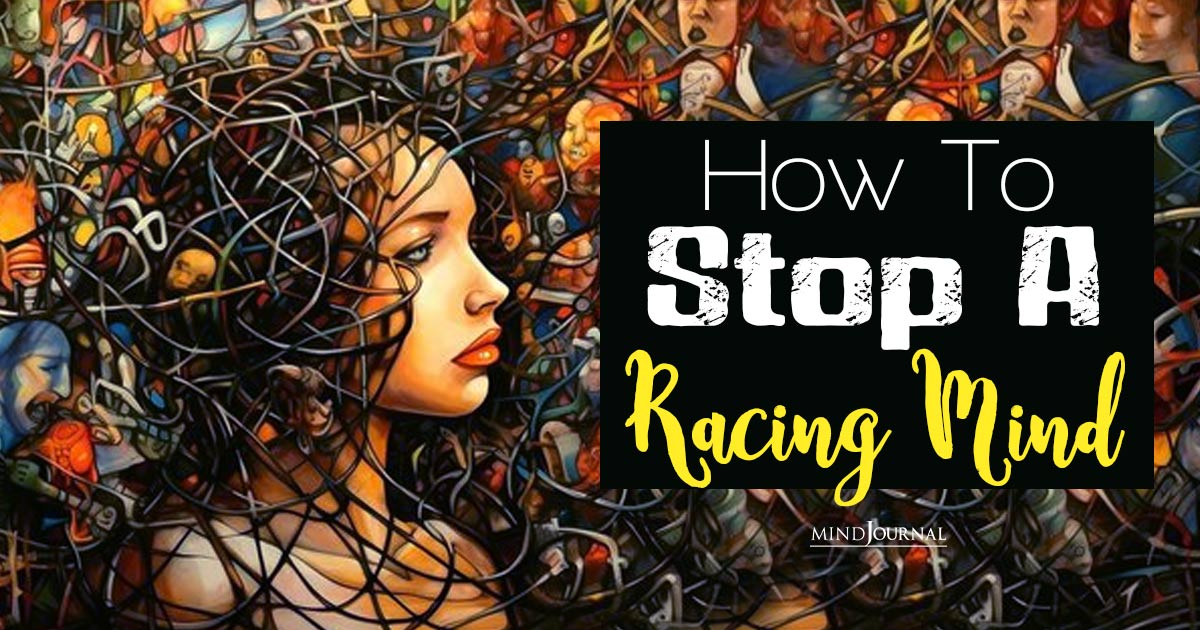

Leave a Reply
You must be logged in to post a comment.